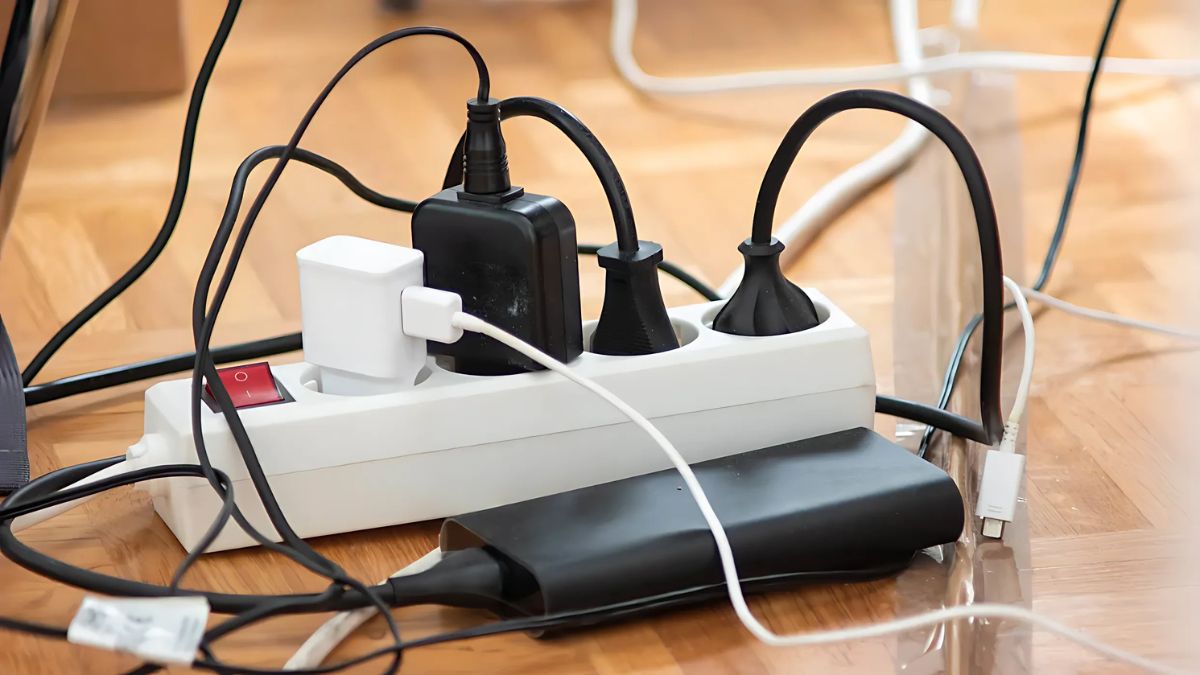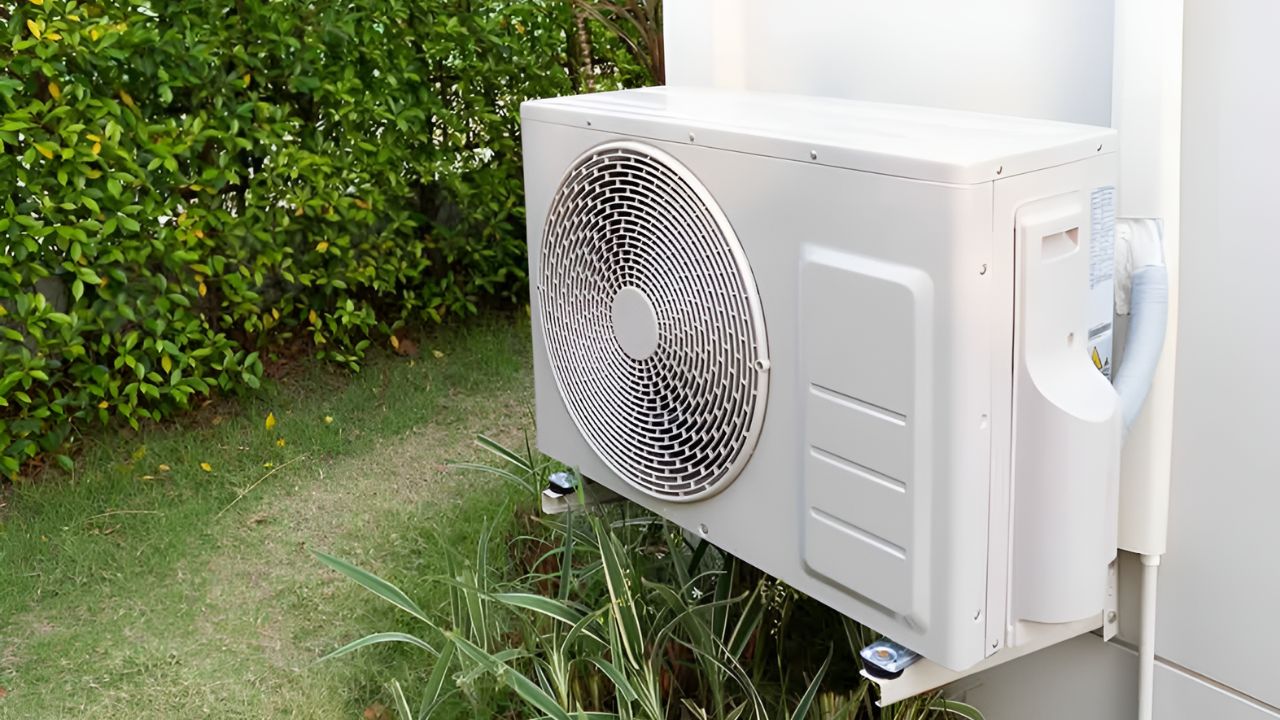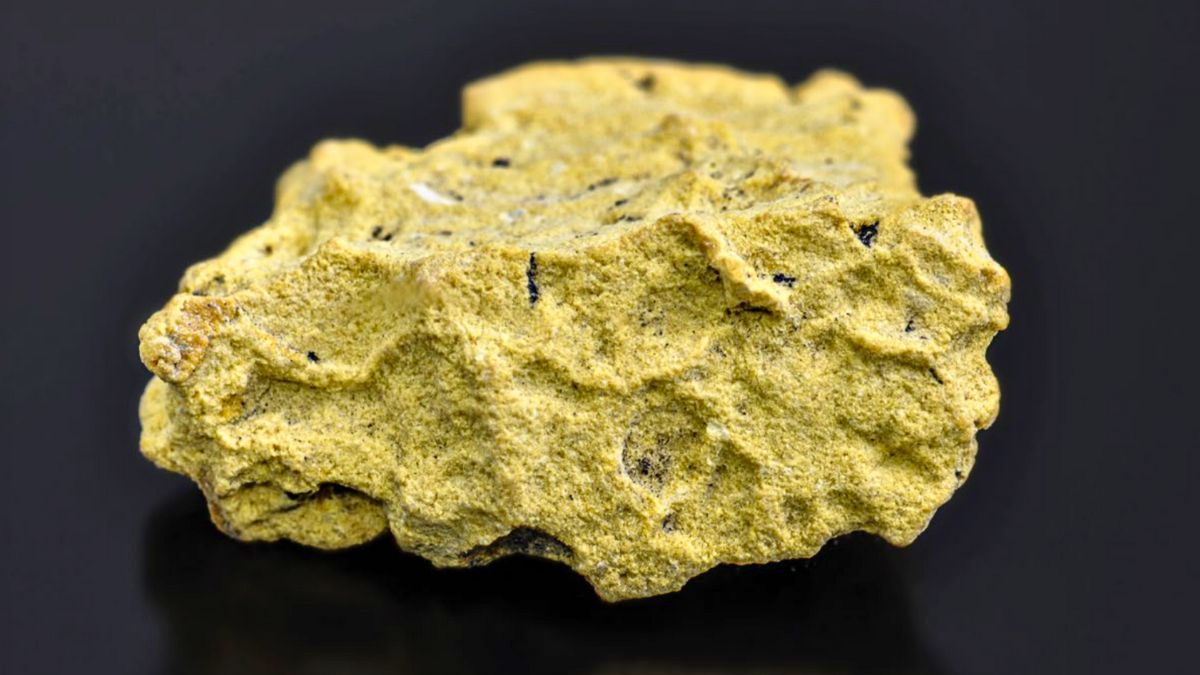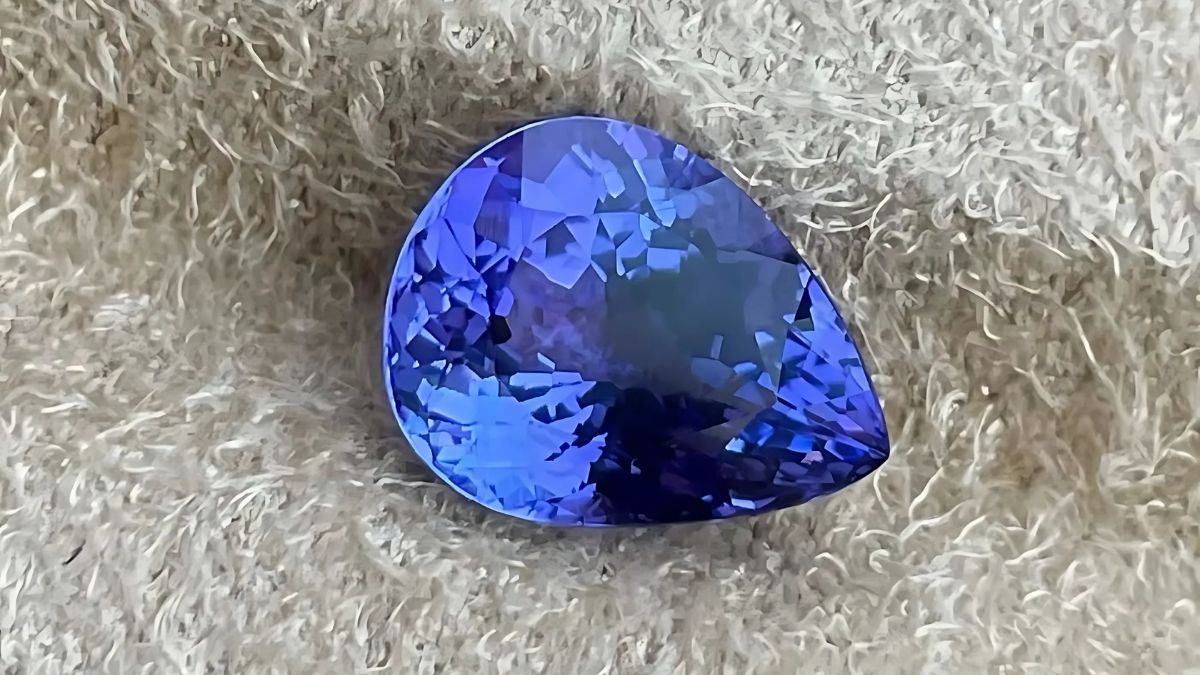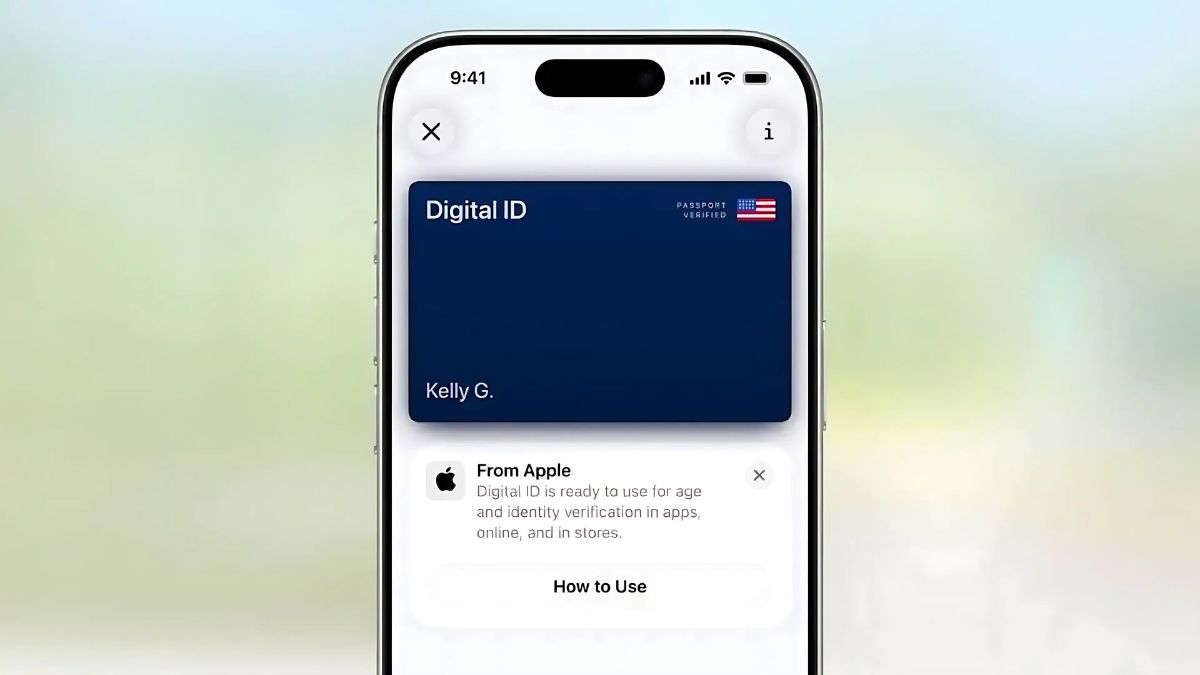If you’re trying to improve the air inside your home without shelling out for an expensive air purifier, houseplants might be the low-cost, natural fix you’ve been looking for. Certain plants don’t just look good—they help clean the air, absorb moisture, and even repel bugs. While they might not work miracles, adding the right greenery can make your space feel fresher, healthier, and more inviting.
Purifying
Let’s get real for a second—can plants actually purify the air? The short answer is: yes, but with limits. Most scientific studies agree you’d need a whole jungle—like hundreds of plants—to truly purify the air in your entire home. Still, some varieties do absorb harmful compounds through their leaves and roots, reducing airborne toxins in their immediate area.
NASA even studied this idea back in the day and identified several plants that helped remove pollutants like formaldehyde, benzene, and carbon monoxide. And while a few plants won’t replace a HEPA filter, they can help make your space healthier and definitely more enjoyable to breathe in.
Pothos
Common names: Marble Queen, Devil’s Ivy
Scientific name: Epipremnum aureum
The pothos plant is one of the easiest houseplants you can own—and one of the most effective at cleaning the air around it. It’s tough to kill, which makes it perfect for forgetful waterers or first-time plant parents. Water it every 7 to 10 days, and it’ll keep doing its thing.
Pothos is known to remove volatile organic compounds (VOCs) like formaldehyde, benzene, and toluene—common pollutants found in furniture and cleaning supplies. Biotech startup Neoplants even chose this species for their “super plant” system, which they claim purifies air 30 times faster than a regular plant.
Just one note: pothos is toxic to pets if ingested, so it’s best to keep it on a high shelf or hanging basket.
Peace
Common name: Peace Lily
Scientific name: Spathiphyllum
Peace lilies bring beauty and better air together. They’re known for their elegant white blooms and their ability to absorb toxins like benzene, formaldehyde, and carbon monoxide. Plus, they don’t need direct sunlight—just some regular watering to keep the soil moist.
These lilies can grow up to 16 inches tall, making them a perfect medium-sized addition to any room. Bonus: they can also help humidify dry indoor air slightly.
Ivy
Common name: English Ivy
Scientific name: Hedera helix
If you’re looking for a plant that’s both classic and powerful, English ivy is a solid choice. According to the NASA study, it excels at removing formaldehyde and even airborne fecal matter—yes, you read that right.
It’s a trailing vine that looks great in hanging planters or along shelves. Just make sure to keep it away from curious pets, as English ivy can be toxic if eaten.
Gerbera
Common name: Gerbera Daisy
Scientific name: Gerbera jamesonii
Want a plant that pulls double duty by purifying your air and adding a pop of color? The Gerbera daisy is your best bet. These bright, daisy-like flowers help filter out trichloroethylene and benzene—chemicals often found in solvents and household cleaners.
Gerberas love sunlight and need consistent watering. They’re not the easiest to keep alive, but if you have a sunny windowsill and a little patience, they’ll reward you with stunning blooms and cleaner air.
| Plant Name | Removes Toxins Like | Pet Safe | Light Needs | Watering Frequency |
|---|---|---|---|---|
| Marble Queen Pothos | Formaldehyde, Benzene, Toluene | No | Indirect Light | Every 7–10 days |
| Peace Lily | Benzene, Formaldehyde, CO | No | Low to Medium | Keep soil moist |
| English Ivy | Formaldehyde, Fecal Matter | No | Bright Indirect | When soil is dry |
| Gerbera Daisy | Benzene, Trichloroethylene | Yes | Direct Sunlight | Keep soil consistently moist |
Houseplants may not be a miracle cure for indoor pollution, but they can absolutely make your space healthier, more relaxing, and visually appealing. Whether you’re looking to clean the air, reduce stress, or just spruce up your home’s vibe, bringing in a few of these green friends is a natural win.
FAQs
Do houseplants really purify indoor air?
Yes, but you’d need many to fully purify large spaces.
Is pothos a good air-cleaning plant?
Yes, it’s excellent at removing toxins like formaldehyde.
Are any of these plants pet-friendly?
Gerbera daisies are pet-safe; others are toxic if eaten.
Which plant is best for beginners?
Pothos is very low-maintenance and hard to kill.
Do peace lilies need direct sunlight?
No, they prefer indirect light and regular watering.









